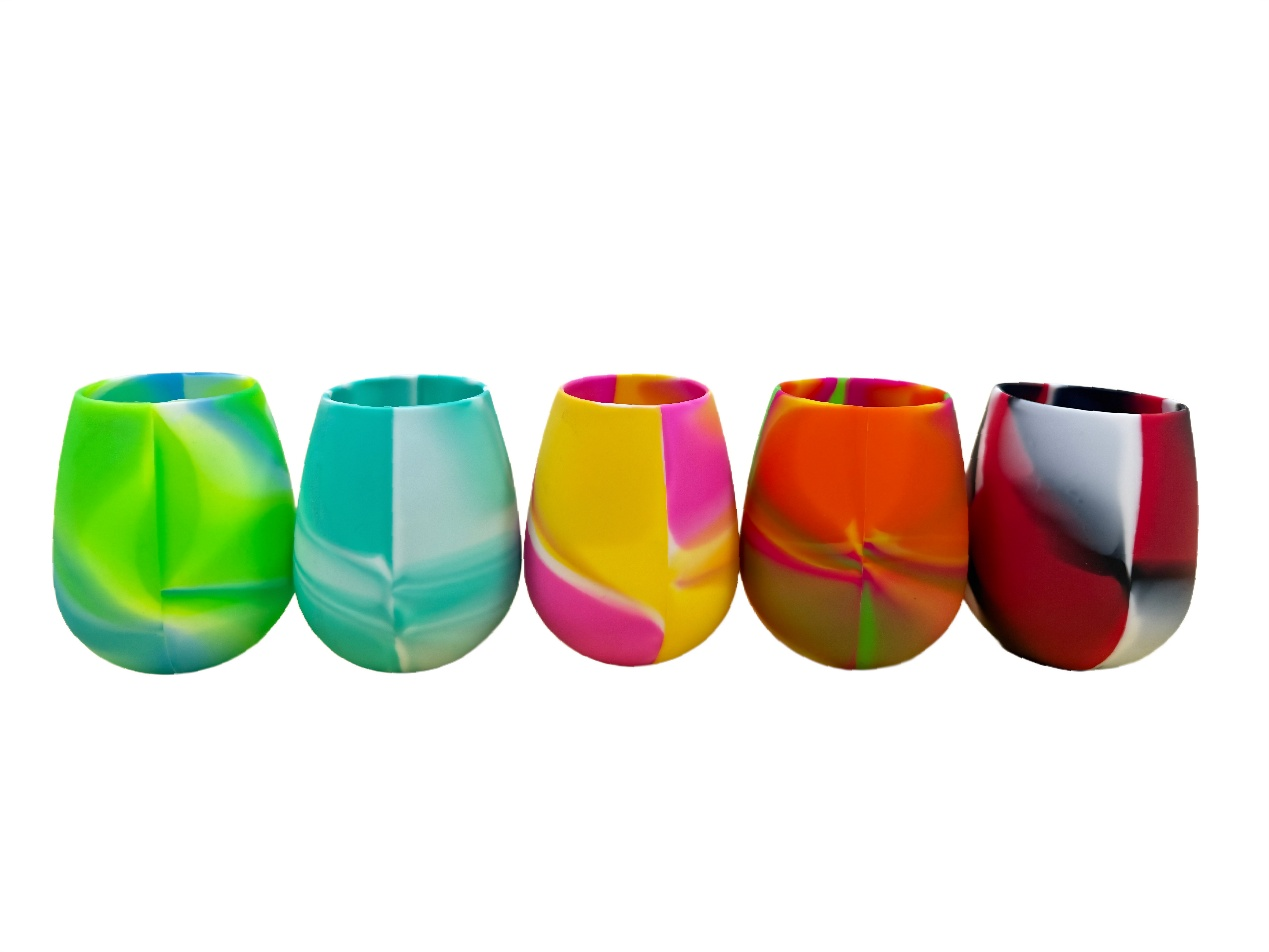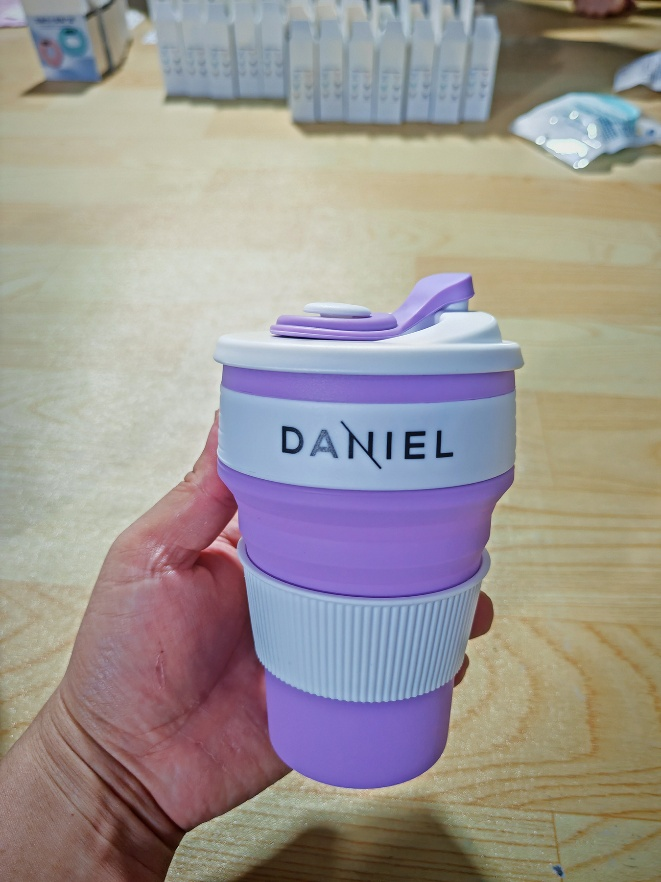What should be considered when cleaning and maintaining the rearview mirror assembly?
Rearview mirror assemblies are crucial components in a vehicle that allow drivers to observe the rear situation, ensuring safe driving. Regular cleaning and maintenance are essential to ensure the proper functioning and longevity of rearview mirror assemblies. So, what should be considered when cleaning and maintaining rearview mirror assemblies?
Cleaning precautions:
Use of cleansers: When cleaning rearview mirror assemblies, specialized automotive cleansers or mild soapy water can be used to remove dirt, grease, bug residue, and other stains on the mirror surface.
Use of soft cloth: Avoid using rough or abrasive fabrics to wipe the mirror to prevent scratching the surface. Clean, soft cotton cloths or dedicated cleaning cloths should be used for wiping.
Wiping sequence: When cleaning the rearview mirror, wipe evenly from the center outwards to prevent leaving water stains and streaks from back-and-forth wiping.
Avoid steam: It is not recommended to use steam or hot water to wash rearview mirrors directly, as high temperatures could damage the mirror's coating or structure.
Maintenance precautions:
Regular inspection: Periodically check if all components of the rearview mirror assembly are functioning properly, such as manual or power adjustment mechanisms for flexibility and signs of unusual sounds or resistance.
Avoid impact from hard objects: During parking or driving, try to avoid collisions between the rearview mirror and other hard objects to prevent mirror surface damage or structural deformation.
Use of sunshades and rain guards: If the rearview mirror assembly is equipped with sunshades or rain guards, use them correctly to protect the mirror from direct exposure to UV rays and rainwater.
Avoid chemical corrosion: Prevent exposure of the rearview mirror assembly to environments containing corrosive chemicals like acid rain or chemical cleansers to avoid corroding the mirror or brackets.
Special considerations:
Winter maintenance: In winter, especially during icy conditions, clear any ice or snow from the rearview mirror before starting the vehicle to avoid impaired visibility due to ice buildup.
Maintenance of automatic folding function: For rearview mirror assemblies with automatic folding functions, avoid frequent use of this feature in cold weather to prevent motor damage.
In conclusion, proper cleaning and maintenance of rearview mirror assemblies entail using appropriate cleansers and soft fabrics, conducting regular checks on component functionality, avoiding impacts from hard objects and chemical corrosion, and implementing seasonal maintenance measures. By following the correct cleaning and maintenance methods, the lifespan of rearview mirror assemblies can be extended, ensuring safe driving.

 English
English Español
Español Português
Português русский
русский français
français 日本語
日本語 Deutsch
Deutsch Tiếng Việt
Tiếng Việt Italiano
Italiano Nederlands
Nederlands ไทย
ไทย Polski
Polski 한국어
한국어 Svenska
Svenska magyar
magyar Malay
Malay বাংলা
বাংলা Dansk
Dansk Suomi
Suomi हिन्दी
हिन्दी Pilipino
Pilipino Türk
Türk Gaeilge
Gaeilge عربى
عربى Indonesia
Indonesia norsk
norsk اردو
اردو čeština
čeština Ελληνικά
Ελληνικά Українська
Українська Javanese
Javanese فارسی
فارسی தமிழ்
தமிழ் తెలుగు
తెలుగు नेपाली
नेपाली Burmese
Burmese български
български ລາວ
ລາວ Latine
Latine Қазақ
Қазақ Euskal
Euskal Azərbaycan
Azərbaycan slovenský
slovenský Македонски
Македонски Lietuvos
Lietuvos Eesti Keel
Eesti Keel Română
Română Slovenski
Slovenski मराठी
मराठी Српски
Српски 简体中文
简体中文 Esperanto
Esperanto Afrikaans
Afrikaans Català
Català עִברִית
עִברִית Cymraeg
Cymraeg Galego
Galego 繁体中文
繁体中文 Latvietis
Latvietis icelandic
icelandic יידיש
יידיש Беларус
Беларус Hrvatski
Hrvatski Kreyòl ayisyen
Kreyòl ayisyen Shqiptar
Shqiptar Malti
Malti lugha ya Kiswahili
lugha ya Kiswahili አማርኛ
አማርኛ Bosanski
Bosanski Frysk
Frysk ជនជាតិខ្មែរ
ជនជាតិខ្មែរ ქართული
ქართული ગુજરાતી
ગુજરાતી Hausa
Hausa Кыргыз тили
Кыргыз тили ಕನ್ನಡ
ಕನ್ನಡ Corsa
Corsa Kurdî
Kurdî മലയാളം
മലയാളം Maori
Maori Монгол хэл
Монгол хэл Hmong
Hmong IsiXhosa
IsiXhosa Zulu
Zulu Punjabi
Punjabi پښتو
پښتو Chichewa
Chichewa Samoa
Samoa Sesotho
Sesotho සිංහල
සිංහල Gàidhlig
Gàidhlig Cebuano
Cebuano Somali
Somali Точик
Точик O'zbek
O'zbek Hawaiian
Hawaiian سنڌي
سنڌي Shinra
Shinra հայերեն
հայերեն Igbo
Igbo Sundanese
Sundanese Lëtzebuergesch
Lëtzebuergesch Malagasy
Malagasy Yoruba
Yoruba









